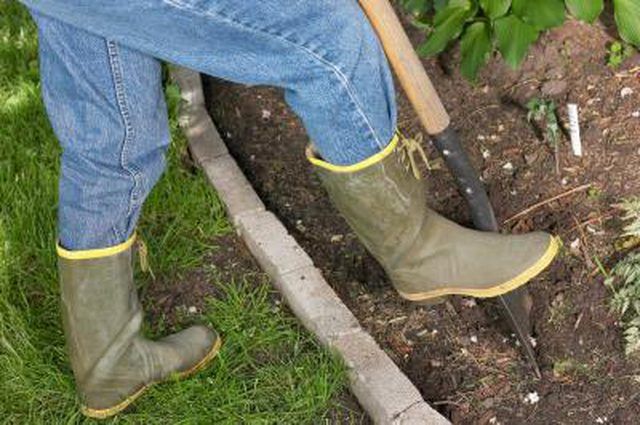Bulbs
Flower Basics
Flower Beds & Specialty Gardens
Flower Garden
Garden Furniture
Garden Gnomes
Garden Seeds
Garden Sheds
Garden Statues
Garden Tools & Supplies
Gardening Basics
Green & Organic
Groundcovers & Vines
Growing Annuals
Growing Basil
Growing Beans
Growing Berries
Growing Blueberries
Growing Cactus
Growing Corn
Growing Cotton
Growing Edibles
Growing Flowers
Growing Garlic
Growing Grapes
Growing Grass
Growing Herbs
Growing Jasmine
Growing Mint
Growing Mushrooms
Orchids
Growing Peanuts
Growing Perennials
Growing Plants
Growing Rosemary
Growing Roses
Growing Strawberries
Growing Sunflowers
Growing Thyme
Growing Tomatoes
Growing Tulips
Growing Vegetables
Herb Basics
Herb Garden
Indoor Growing
Landscaping Basics
Landscaping Patios
Landscaping Plants
Landscaping Shrubs
Landscaping Trees
Landscaping Walks & Pathways
Lawn Basics
Lawn Maintenance
Lawn Mowers
Lawn Ornaments
Lawn Planting
Lawn Tools
Outdoor Growing
Overall Landscape Planning
Pests, Weeds & Problems
Plant Basics
Rock Garden
Rose Garden
Shrubs
Soil
Specialty Gardens
Trees
Vegetable Garden
Yard Maintenance
How to Tell If Your Garden Soil is Too Wet or Too Dry
How to Tell If Your Garden Soil is Too Wet or Too Dry. If your garden soil is too dry, your seeds and plants might dry up and die. If it's too wet, they could rot. Working your soil when it's too wet or dry also damages the structure of the soil. You can perform a straightforward test to tell if your garden soil is just right.

If your garden soil is too dry, your seeds and plants might dry up and die. If it's too wet, they could rot. Working your soil when it's too wet or dry also damages the structure of the soil. You can perform a straightforward test to tell if your garden soil is just right.
Things You'll Need
Trowel
Dig up a small patch of your soil to about the depth of a trowel, about 6 to 8 inches.
Gather a handful of soil from the middle of this dig. Squeeze your hand tight and open your hand.
See how the soil reacts to being squeezed. If it doesn't form a ball or falls apart immediately, it's too dry. Add compost or peat moss and water it regularly. If it does form a ball that holds together, continue to the next step.
Press your finger against the ball. If the ball continues to hold together and even molds to the shape of your finger, the soil is too wet. Let it dry out before doing anything more to it. If the ball cracked and started to crumble when you pressed on it, it's just about right. Itís time to dig up the garden, add soil amendments and plant.